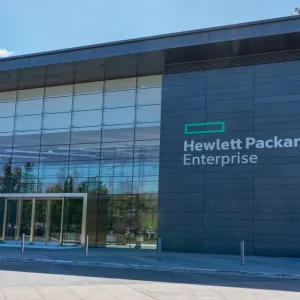
The cloud has become a tool with which a small business can punch above its weight. By removing the need for upfront capital investments, SMBs find themselves able to compete with their larger rivals much faster and effectively than previously possible. Conversely, enterprises have struggled to trust the cloud computing model, especially when it comes to migrating mission-critical applications, however this attitude is beginning to change. Goliath is setting his sights on David’s sling.
Increasingly the cloud is proving to be the most cost-effective method of doing IT heavy lifting when it comes to resource-intensive applications and the enterprise should take note.Applications can now be run with almost infinite resources, just for the time they are needed. Take SAP as a case in point. SAP software is the core of large businesses worldwide and traditionally is complex and capex intensive to run. Traditionally the database platform had been offered as an on-premise deployment, yet the cost of doing so, especially for the in-memory speed of the new SAP HANA solution, can prove prohibitive even for large corporations.
By offering SAP HANA as a cloud service, enterprise organisations can afford to run big data analytics without the significant capital expenditure that was previously required. The fact that SAP is now refocusing its business around the cloud and technologies like HANA is symbolic of the evolution in the enterprise’s approach to cloud computing.
Despite eyeing up David’s sling, Goliath is yet to get a firm grasp on it. Cloud still has some growing up to do, but this is more in terms of how it is marketed as opposed to any technical deficiencies. Based on early cloud services there is a perception that public clouds are not able to support mission-critical applications or provide performance SLAs, or deliver "mission-critical" applications. Whereas the reality is that these cloud technologies are available today. Unfortunately there is still a lot of ‘cloud-washing’ going on.
A number of businesses have taken basic hosting, uber virtualisation colocation or managed servers and called it a cloud; in reality this is just moving equipment offsite. This cloud washing confuses businesses considering cloud. For the cloud industry to truly mature, cloud service providers must take on tough enterprise use cases rather than rebranding the migration of equipment. Service providers must recognise the increased knowledge that the enterprises now have and deliver powerful cloud offerings accordingly.
CIOs and CTOs in particular still regularly express doubt regarding the benefits that the cloud can bring to the enterprise, but with software and service providers showing the muscle of the cloud, the technology now provides a radical alternative to traditional IT across the enterprise.The cloud is ready to do the heavy lifting that the enterprise needs, and the potential of this development is only just beginning to be explored.






